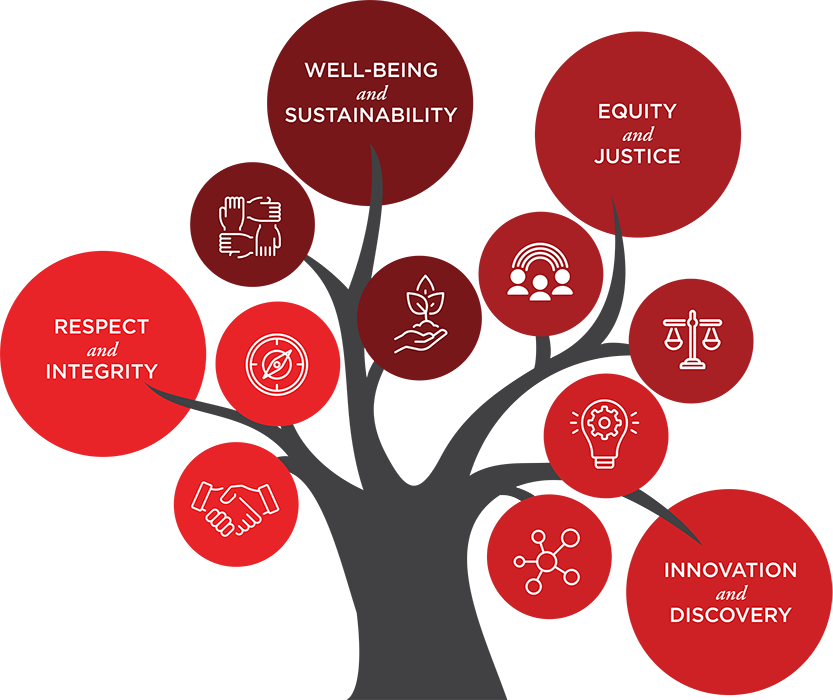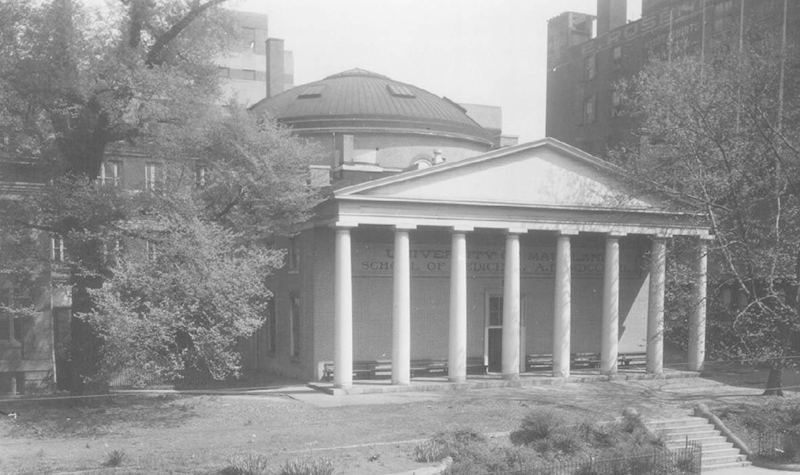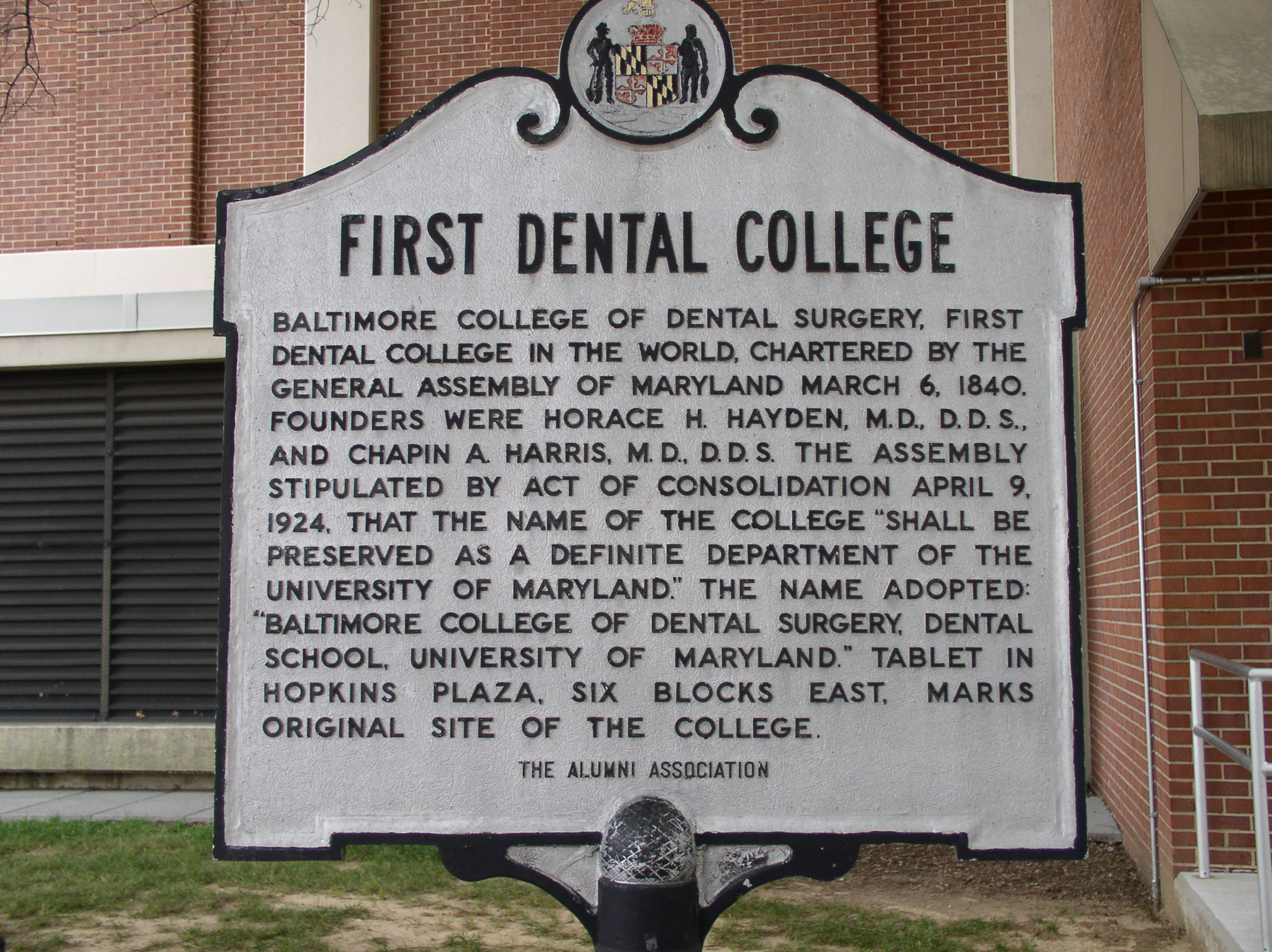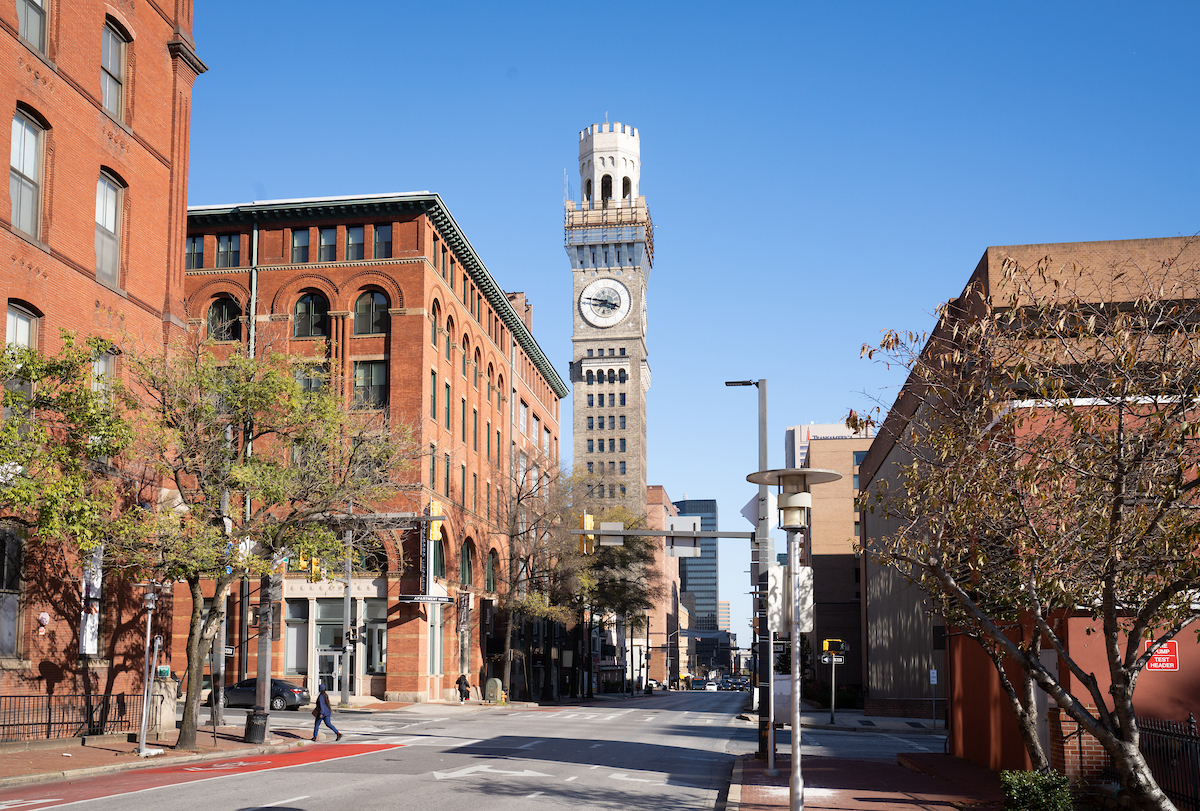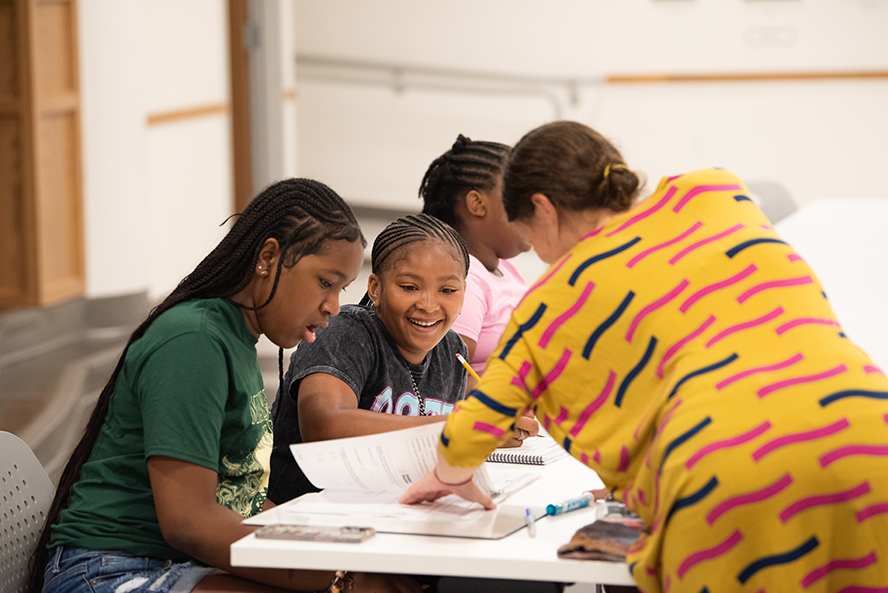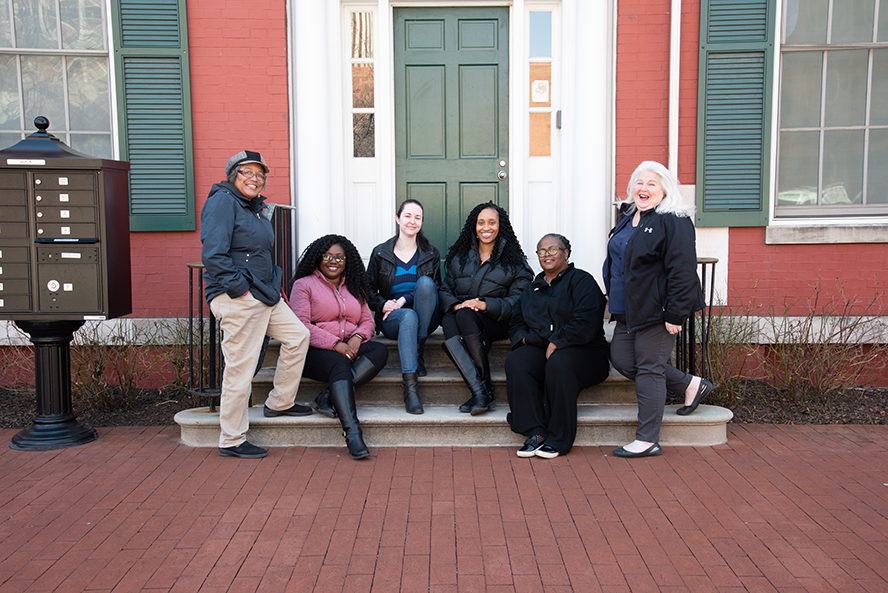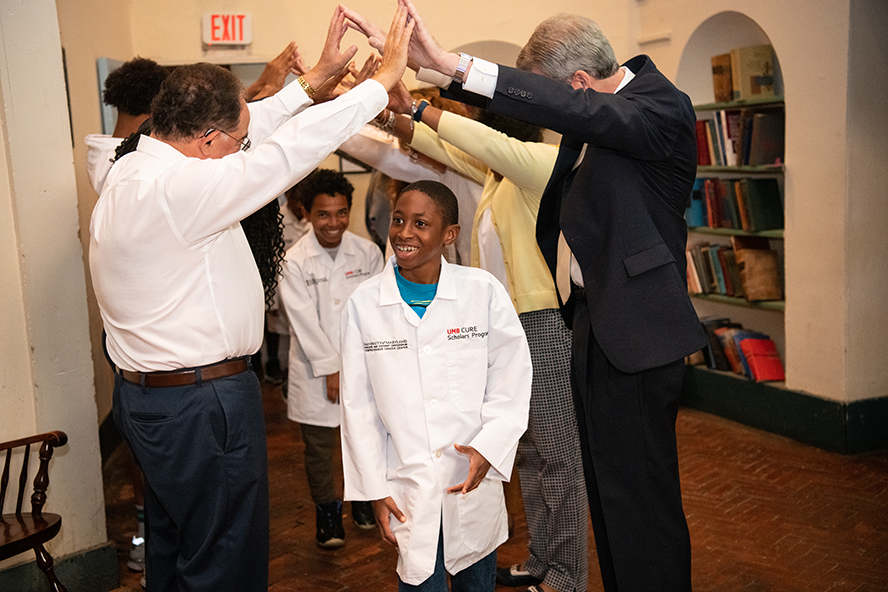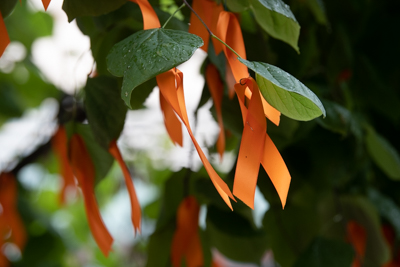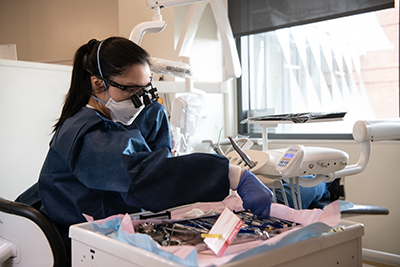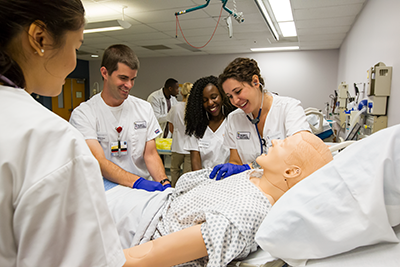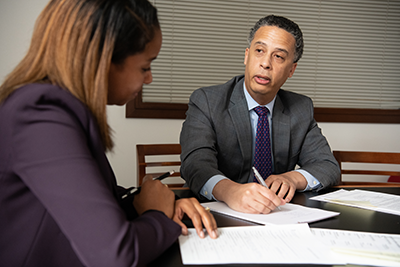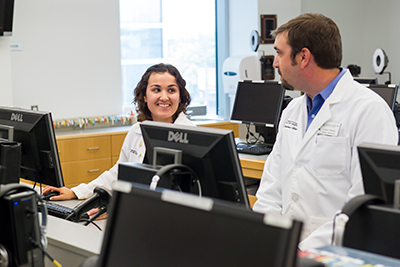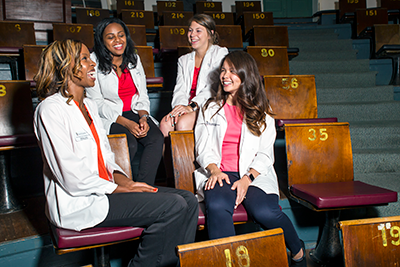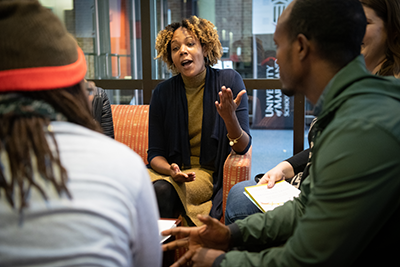UMB enrolls nearly 6,700 students in six nationally ranked professional schools — Dentistry, Law, Medicine, Nursing, Pharmacy, and Social Work — and the interdisciplinary School of Graduate Studies. The University offers 97 doctoral, master’s, baccalaureate, and certificate programs and confers most of the professional practice doctoral degrees awarded in Maryland.
UMB is a thriving academic health center combining cutting-edge biomedical research and exceptional patient care. UMB’s extramural funding totaled $638 million in Fiscal Year 2024, and each tenured/tenure-track faculty member brings $1.45 million in research grants, on average, into UMB every year.
UMB’s 14-acre BioPark is Baltimore’s biggest biotechnology cluster, with nearly three dozen tenants and more than 1,000 employees. The research park fuels the commercialization of new drugs, treatments, and medical devices.
Mission
To improve the human condition and serve the public good of Maryland and society at-large through education, research, clinical care, and service.
Vision
The University will excel as a preeminent institution in its missions to educate professionals, conduct research that addresses real-world issues affecting the human condition, provide excellent clinical care and practice, and serve the public with dedication to improve health, justice, and the public good. The University will become a dominant economic leader of the region through innovation, entrepreneurship, philanthropy, and interdisciplinary and interprofessional teamwork. The University will extend its reach with hallmark local and global initiatives that positively transform lives and our economy. The University will be a beacon to the world as an environment for learning and discovery that is rich in diversity and inclusion. The University’s pillars of professionalism are civility, accountability, transparency, and efficiency. The University will be a vibrant community where students, faculty, staff, visitors, and neighbors are engaged intellectually, culturally, and socially.




